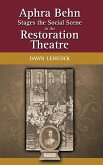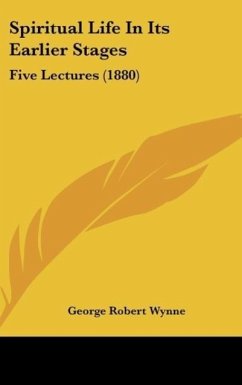The plays in this volume, written by men (some of whom are the most celebrated playwrights) who were in their late twenties and early thirties, affirm adolescents as subjects active in same-sex relationships. Sexual identity is important to the young men in their plays, in great part because they must define themselves against the prejudice and sanctions of family and social institutions. In some cases, the experiences dramatized in these plays are examples of the "gay pathos." Some boys, like Benjy in A. Rey Pamatmat's Edith Can Shoot Things and Hit Them, were severely punished by their parents for expressing their sexuality. Others, like Chris in Daniel Talbott's Slipping, are terrified of anyone, particularly his peers, discovering his sexual relationship with another boy. Dennis, in Michael Perlman's From White Plains, has never recovered from the anti-gay bullying he and his best friend endured in high school. At the same time, most of the plays in this book depict joyful expressions of gayness. Much of Edith Can Shoot Things and Hit Them is the story of two teenage boys discovering sex and love on a remote Midwestern farm despite the interventions of parents. On his twelfth birthday, Ricardo Bracho's Sissy discovers and celebrates his inner queen. Yet not all adolescents can feel that joy. Eli, in Slipping, connects sex and desire with cruelty, first suffered at the hands of the conflicted lover Chris, then projected onto the sweet boy with whom he becomes involved in Iowa, and finally inflicted upon himself. The young men in these plays are all unique characters. Affirmation of their sexuality in a time and places where homophobia is still a reality is only one problem each faces. Like many works about adolescence, these plays depict the blurry no man's land between childhood and adulthood. All of these plays have received powerful productions at theatres across America and demonstrate the vitality and variety of contemporary American drama. This is an important book for all collections not only in LGBT studies and theater studies, but also education and sociology because of how it deals with adolescent homosexuality and homophobia, as well as bullying. See http://www.cambriapress.com/books/9781604979084.cfm for more information.
Bitte wählen Sie Ihr Anliegen aus.
Rechnungen
Retourenschein anfordern
Bestellstatus
Storno









